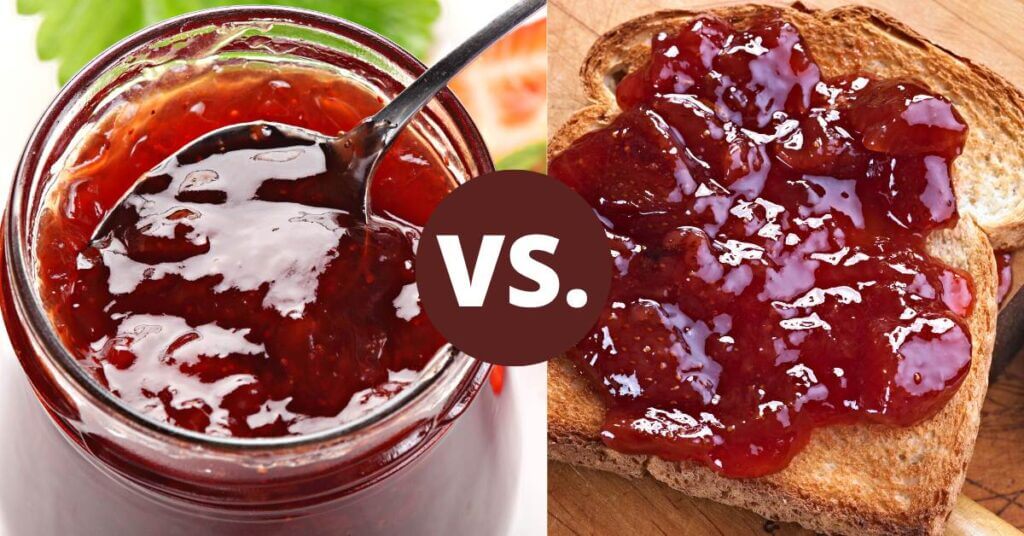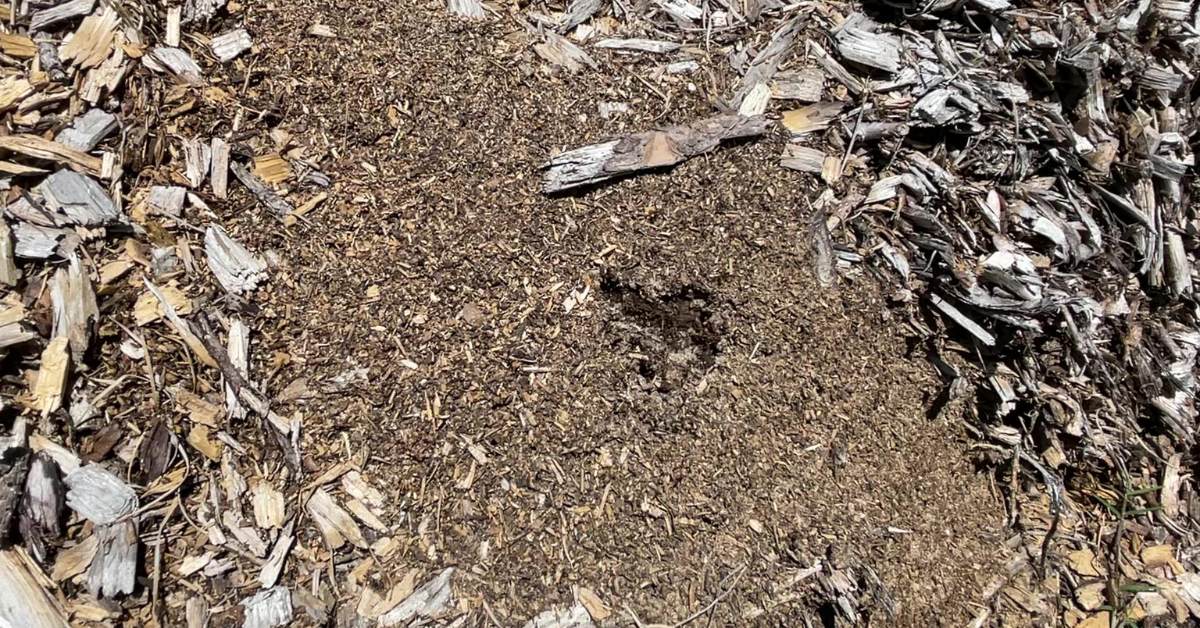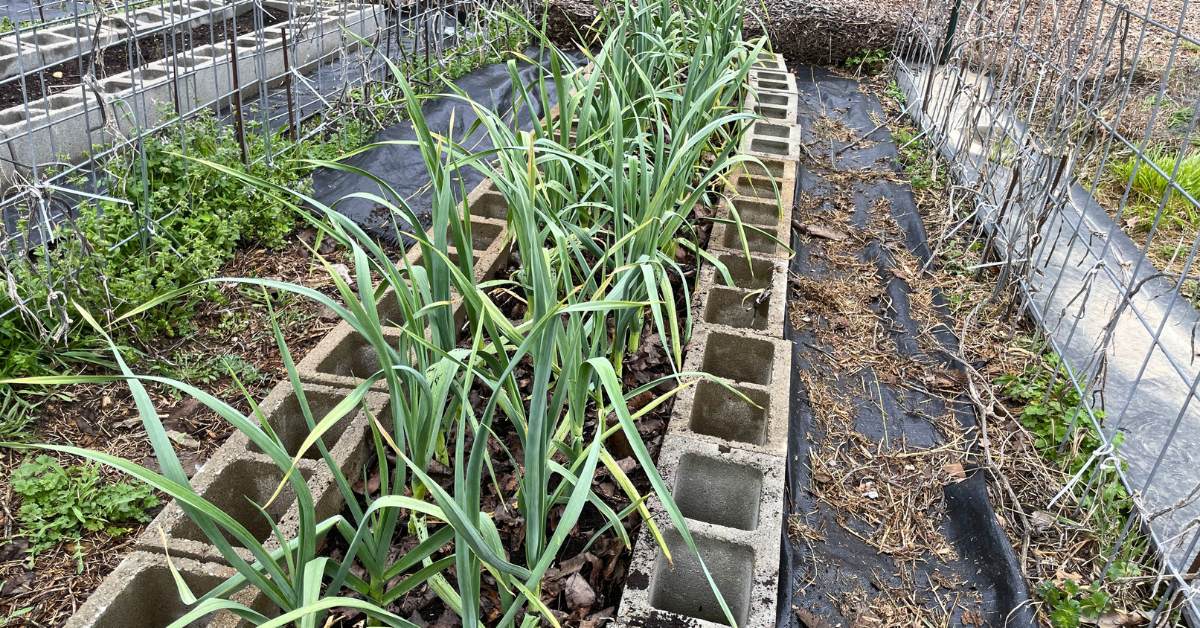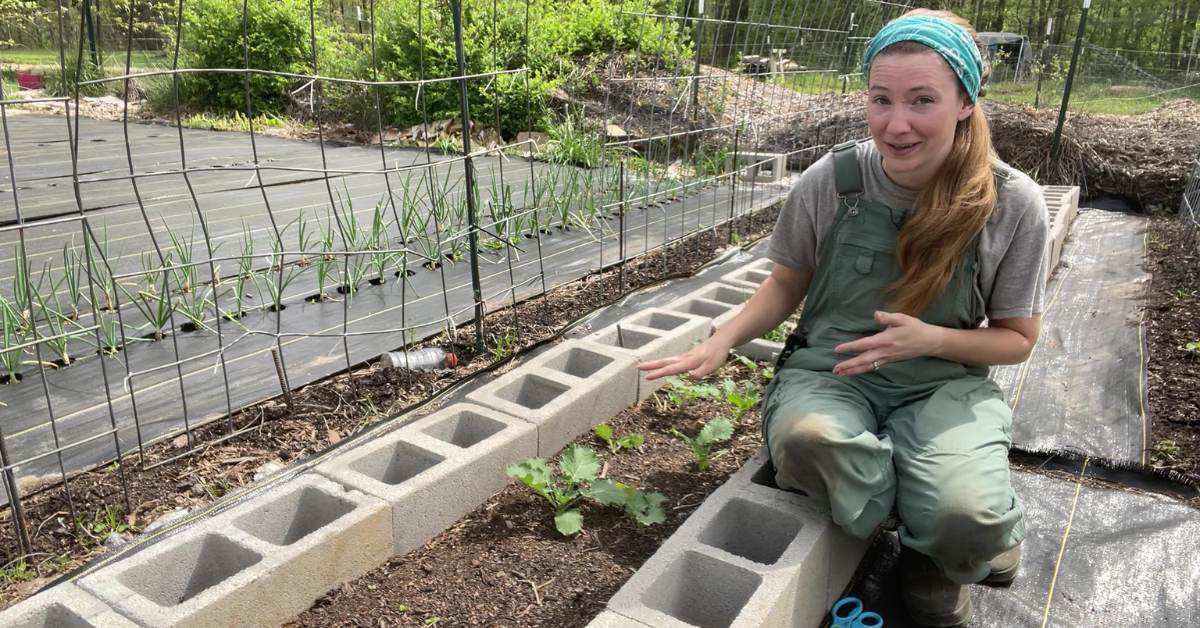I was always curious what the difference was between preserves and jam, but it wasn’t important enough to me to go ask someone about it. Haha!
When I got into canning, however, I needed to know. I have since made both preserves and jam—though similar, their preparation and texture can vary greatly from each other.
Here’s what I found….
What Are Jams?
Jam is a type of fruit spread made from a combination of fruit pulp, sugar, and sometimes pectin.
Jam has a smooth consistency and can be easily spread on toast, crackers, or other baked goods. Jams come in a variety of flavors depending on the type of fruit used, such as strawberry, raspberry, blueberry, and even mixed fruit jams.
When you’re making jam, the fruit is first cooked to soften it and release its natural juices. Next, sugar is added to sweeten the mixture and help with preservation.
If needed, pectin may also be added to help the jam set and achieve the desired thickness.
The mixture is then cooked until it reaches the right consistency, which may vary depending on personal preference.
In terms of taste and flavor, jams offer an overall, sweet fruit experience, while preserves tend to showcase the individual characteristics of the fruit used.
This is because the fruit in preserves is usually less cooked, allowing the unique flavors to remain more intact.
What Are Preserves?
Preserves are created by cooking fruit with sugar to create a thick, tasty spread. The key feature of preserves is that they contain whole fruit or larger fruit pieces, giving them a chunky texture.
With preserves, you’ll be able to actually see and taste the fruit in its more natural form. They are not cooked as long as jams, and they are typically pectin-free. Their thickness comes from cooking low and slow, releasing their natural pectin.
Unlike jam, which has a smooth consistency, preserves provide more texture.
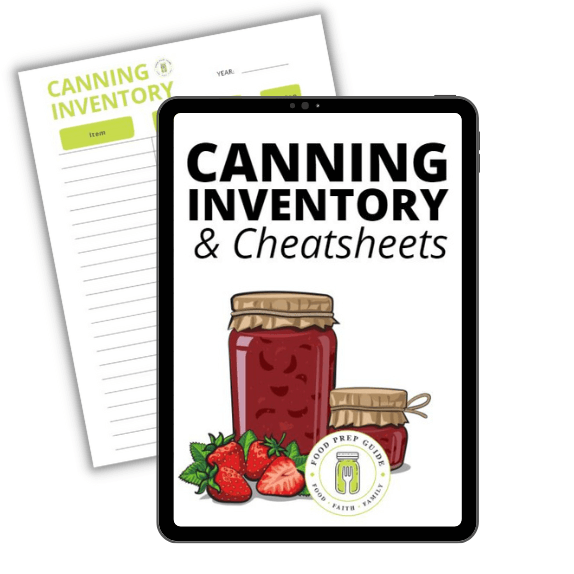
The Differences
Texture and Consistency
Preserves have a thicker, more gelatinous texture due to the inclusion of whole strawberries (or other fruit), while jam has a spreadable, softer texture because it is made from crushed or chopped strawberries.
Preserves
- Chunky texture: Whole strawberries or large pieces are used
- Slightly gelled syrup surrounds the fruit pieces
Jam
- Smooth and spreadable: Fruit is crushed or finely chopped
- Retains fruit pulp, giving it a darker shade
Ingredients and Method
The ingredients and methods used in making strawberry preserves and jam also differ, affecting their overall appearance and taste.
Preserves
- Made from whole strawberries
- Longer prep time: The larger fruit pieces require extra time to set and cook
- Less cooked-down: Retains some of the fruit’s original form and taste
Jam
- Made from crushed or chopped strawberries
- Shorter cooking time: The smaller fruit pieces and addition of pectin speed up the cooking process
- More cooked-down: Fruit is more broken down, leading to a concentrated flavor
While both strawberry jam and preserves are delicious ways to enjoy the sweet flavor of strawberries, there are some key differences between them as shown above.
Key Components of Jams and Preserves
Role of Pectin
Pectin is a natural substance found in the cell walls of fruits, and it plays a crucial role in the composition of both strawberry preserves and jam.
However, pectin is far more common in jam than it is in preserves.
- Used to make cooked jams and jellies.
- Provides the jelly-like consistency to jams, jellies, and marmalades
- Buy in bulk and save.
- Hoosier Hill Farm Brand. Your satisfaction is d.
- 2 lb bag Hoosier Hill fruit pec
Prices pulled from the Amazon Product Advertising API on:
Product prices and availability are accurate as of the date/time indicated and are subject to change. Any price and availability information displayed on [relevant Amazon Site(s), as applicable] at the time of purchase will apply to the purchase of this product.
Pectin acts as a thickening agent, helping to give these fruit spreads their desirable consistency.
Some fruits, such as apples and citrus, have a higher pectin content, while others like strawberries and other berries have lower levels.
Importance of Sugar
Sugar is a fundamental ingredient in both jams and preserves, as it serves multiple purposes. Primarily, sugar sweetens the fruit mixture, enhancing the natural flavors of your strawberries and other fruits.
Additionally, sugar acts as a preservative, extending the shelf life of your fruit spread.
It is important to use the right amount of sugar in your recipe, as too much can lead to an overly sweet flavor and too little can result in a less stable product that doesn’t set right.
Fruits in Jams and Preserves
The main difference between strawberry preserves and jam lies in the way the fruit is prepared and incorporated into the final product.
In preserves, whole fruits or large fruit chunks are used, showcasing the natural texture and appearance of the strawberries.
In contrast, jams use fruit pulp, resulting in a smoother spread without pieces of fruit.
To create preserves, berries like strawberries are combined with sugar and, if necessary, added pectin. They are gently cooked to maintain the integrity of the whole fruit or large chunks.
On the other hand, when making jam, the strawberries are first crushed or puréed to create a smoother base, before being combined with sugar and pectin for a more homogenous final product.
Other Fruit Spreads & How They Compare
Jelly vs Jam vs Preserves
Jelly is a clear and smooth fruit spread made from fruit juice, sugar, and often pectin. Since it’s made from the juice, it doesn’t have chunks of fruit like other spreads.
And, of course, we’ve already covered jams and preserves. 🙂
Chutney and Compote
A chutney is a tangy and flavorful fruit or vegetable spread, usually combined with vinegar, spices, and sugar. They can be sweet or savory, and their distinct taste makes them an excellent accompaniment to cheeses, meats, or other dishes.
Compote is a fruit spread made by simmering fruit in a syrup, usually a mixture of sugar and water. The fruit is cooked until it’s soft and tender, then it’s cooled and served either as a topping for desserts or as a stand-alone dish.
Marmalade and Fruit Butters
Marmalade is a fruit spread made primarily from citrus fruits like oranges and lemons. It includes the peel of the citrus, giving it a unique flavor and texture compared to other spreads.
The peel’s natural pectin creates a gel-like consistency, making it popular on toast, scones, and other baked goods.
Fruit butters, such as apple butter or pumpkin butter, are made by cooking fruit with sugar until it reaches a thick, smooth consistency.
The fruit’s natural flavors are intensified by the cooking process, and the resulting butter is a delicious and versatile spread. Fruit butters have a longer cooking time than other spreads, resulting in a deeper flavor and thicker texture.
Making Your Own at Home
In this section, we will provide you with basic recipes for making strawberry jam and strawberry preserves at home. By following these simple steps, you can enjoy homemade fruit spreads with your family and friends.
Basic Recipe for Strawberry Jam
Basic Recipe for Strawberry Preserves
Ingredients:
- 2 quarts of fresh strawberries
- 4 cups granulated sugar
- 1/4 cup lemon juice
Cooking:
- Wash and hull the strawberries. If the strawberries are large, cut them into smaller pieces.
- In a large pot, combine the strawberries and sugar into alternating layers, and let them sit for about 8 hours or overnight in the refrigerator.
- The next day, add the lemon juice to the strawberry and sugar mixture, and bring the mixture to a boil. Stir occasionally to keep from sticking.
- Reduce the heat slightly and cook for 20 to 30 minutes, or until the preserves have thickened.
- Remove from heat, and skim off any foam that formed on top.
- Follow proper canning procedures. The processing time for strawberry preserves is 5 minutes for half-pints or pints, but remember to adjust for your elevation.
These homemade strawberry jam and preserves recipes are easy to follow and only require a few ingredients. They provide a delicious, fresh-tasting alternative to store-bought options.
Don’t forget to label your jars with the contents and date before storing them in a cool, dark place for optimal freshness. Enjoy!
Frequently Asked Questions
How do ingredients differ in jams and preserves?
When comparing jams and preserves, the main difference lies in the fruit composition. In jam, the fruit is either chopped, crushed, or pureed and combined with sugar and acid. Preserves, on the other hand, contain larger, more uniform-sized fruit chunks or whole fruit suspended in a syrup. Both jams and preserves can include the addition of pectin, but preserves are known to have a more tender, plump fruit consistency.
Are preserves healthier than jam?
Not really. The nutritional content of preserves versus jam largely depends on the specific products and their ingredients. Both are typically high sugar, but at least it’s real sugar and not artificial flavors or high-fructose corn syrup. In general, opting for low-sugar or no-sugar-added versions can make either option healthier.
Can I substitute strawberry preserves for jam in recipes?
Yes, you can substitute strawberry preserves for jam in most recipes. Since preserves have larger fruit pieces, this may alter the texture of your dish, but the overall flavor will still be delicious and distinctly strawberry. To avoid potential texture issues, you can lightly process or mash the preserves with a fork before adding them to your recipe, achieving a smoother consistency similar to jam.


